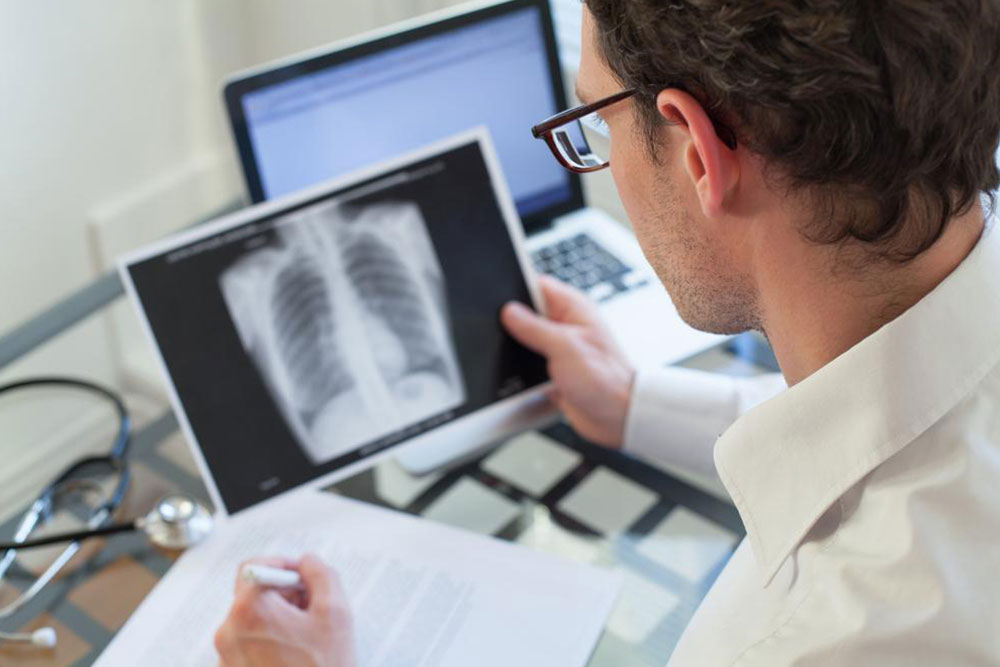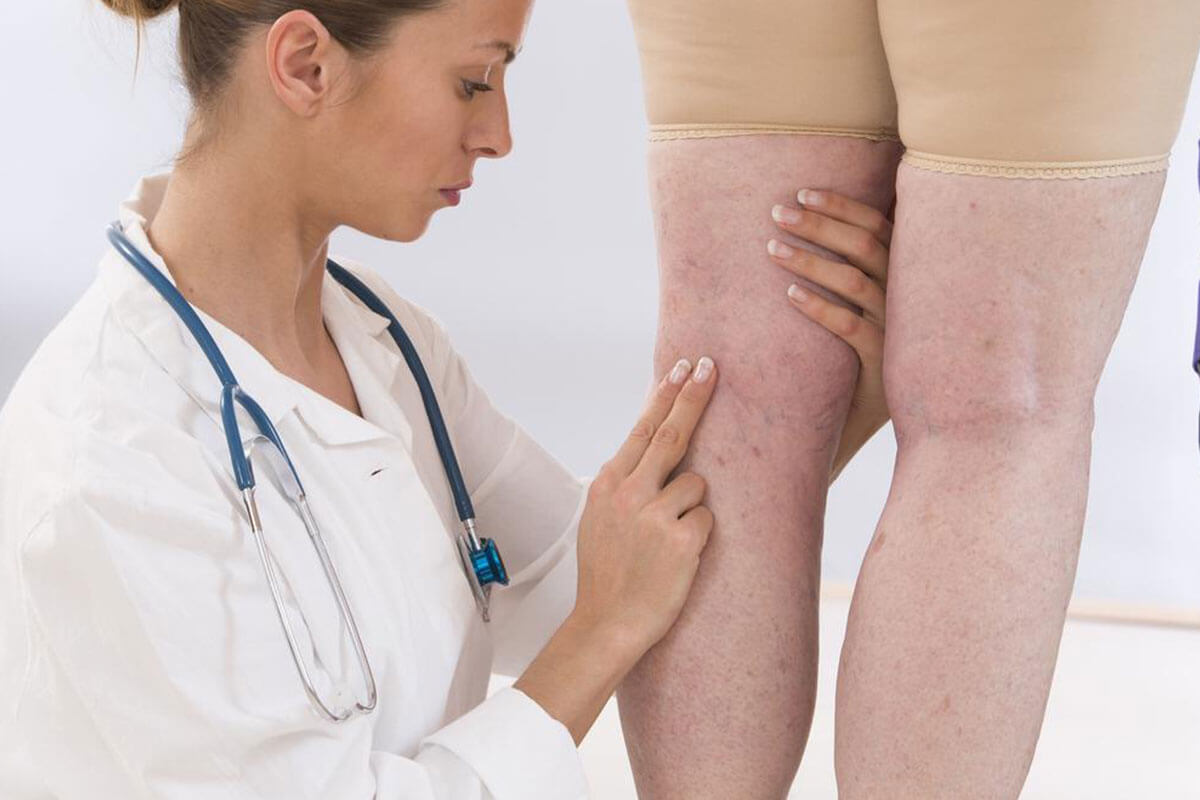Post-Treatment Recovery Guidelines for Pulmonary Embolism Patients
This article offers essential guidance on recovery after pulmonary embolism treatment, emphasizing medication, activity levels, and gradual reintroduction of exercise. It highlights the importance of monitoring symptoms, resting adequately, and following personalized activity plans to ensure safe healing and reduce long-term complications.

Post-Treatment Recovery Guidelines for Pulmonary Embolism Patients
Managing pulmonary embolism (PE) involves medications, minimally invasive procedures, and monitoring. The main goal is to prevent the clot from expanding and forming new blockages. Treatments typically include anticoagulants to reduce clot size and prevent further clotting. In critical cases, clot-dissolving drugs may be used, while surgery is rarely required. Patients newly diagnosed with deep vein thrombosis (DVT) or PE should watch for symptoms and gradually return to normal activities during recovery.
Avoid rushing back into activity if experiencing pain or swelling. Most PE patients can perform light tasks, like walking or light household chores, after consulting their doctor. Rest is vital for healing, so give yourself time. Your healthcare provider can advise on safely resuming physical activities. After about a month, being active may be safe and helpful in reducing long-term symptoms.
Exercise, sports, and yoga
No fixed timeline exists for returning to athletic activities. Patients should follow personalized plans based on recovery progress. Avoid intense exercise for 10-14 days initially, until the clot stabilizes. Light strength training, such as arm or core exercises, can be performed during this period. Between two to four weeks, activity levels may increase gradually, with many resuming regular routines by week four if tolerated. Yoga should be approached cautiously, especially demanding poses, in the first month after a PE.


